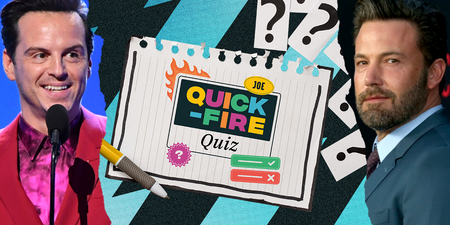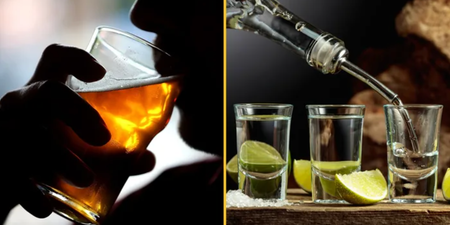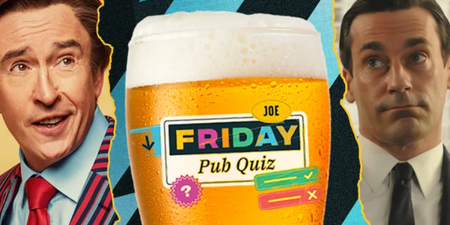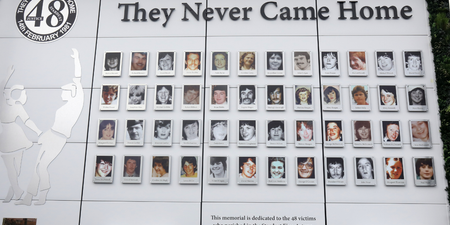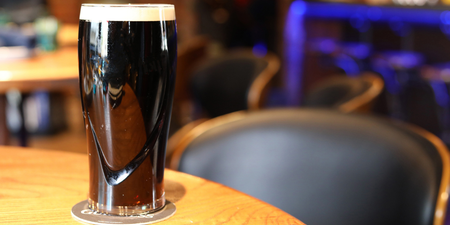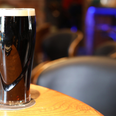
This week, Johnny dishes out some fat loss tips and gives a guide on how to get the best out of interval and resistance training.
The best and easiest ways of losing weight or losing fat mightn’t be what you think. If you’re the type of person who goes out for long jogs, or jumps on a treadmill like a hamster or a stepper for 40 or 50 minutes a night you might be cheating yourself in terms of the benefits you can get out of it. There are other ways that are a whole lot quicker as methods of fat loss, rather than going through a long slog, which in some cases can actually make you fatter.
Take a look at marathon runners or long distance runners for example. They are generally quite skinny, but in many cases they can actually be quite tubby and have a little bit of fat around the belly. If you want to be a long distance runner, be a long distance runner, that’s fine. Long distance runners should engage in some interval training as well, it will only benefit them and help them give the kick they need at the end of a race. Some long distance runners are built for it; they have narrow hips, are skinny and won’t carry much fat. There are more rapid or smarter ways to lose fat than continuous endurance training and this is just about giving you a guideline to what those ways are.
Tailoring your training methods
For lads who want to keep athletic and have an athletic build, continuous endurance training certainly isn’t the way to go. You should also be tailoring your training according to what you want to get out of it. For example, if you play GAA, doing a load of laps around a pitch is a waste of time; it’s not athletic at all. In a game you’re not going to be casually jogging around, most of the running you do will be in bursts of 5-10 seconds that are generally explosive and at top speed so you want to be training accordingly.
Essentially, you’re looking for activities that will keep burning calories in the hours after your session is over.
If you’re doing continuous endurance training, you release a lot of cortisol, a hormone which causes damage and eats away at muscle tissue so therefore, you’re going to lose muscle as well as fat. If you look at any of the top distance runners, there’s not a pick on them and they look like stick men in a lot of cases. I know guys want to lose fat but there are quicker ways of doing it such as interval training and resistance training which I will go on to explain in this article.
Interval and resistance training
There’s a reason why aerobic work, or endurance training isn’t as good a method of burning fat as interval training. When you go for a jog or do some light intensity cardio work, it’s true to a certain extent you will burn fat during this period, but not afterwards. Excess post-exercise oxygen consumption or EPOC shows that during light intensity cardio, your baseline rate will come back to normal several minutes after exercise whereas with interval training and with high resistance stuff, you will be burning calories for several hours after exercise. In fact, and to make me seem like a bit of a boffin, I’m going to throw an academic reference in here, a study by Angelo Tremblay at the Laval University showed that high intensity interval training proved to be nine times more effective than conventional, steady state cardio.
In layman’s terms, imagine if your body is a furnace. With a light intensity workout, while you’re working out, you’re putting fuel on the fire and it will keep burning away. When you stop exercising, however and stop adding fuel to the fire, it will die out, whereas if you engage in interval training or high resistance exercise, it’s like you are continuing to add fuel to the fire in the hours after exercise and burning calories and fat while you’re at it. So essentially, you’re looking for activities that will keep burning calories in the hours after your session is over.
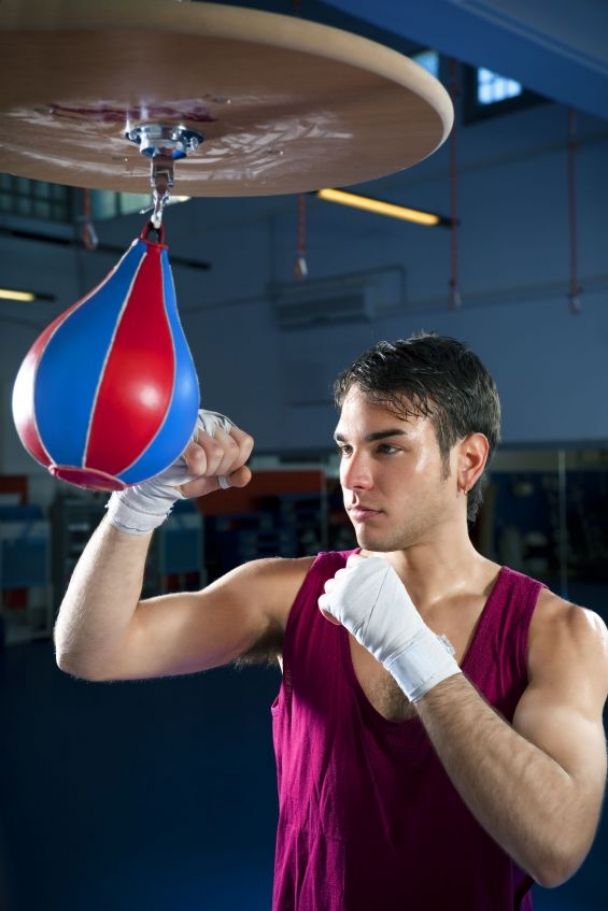
If you push yourself during a session, you’ll feel the benefits in the long run
The great thing about interval training is that it saves time as well. Because you’re pushing yourself, a session of 45 minutes is more than enough, or it could be that you flog yourself for 20 or 25 minutes at the end of a session in the gym, but you’ll feel the benefits in the end. People will say you need an aerobic base and you do to a certain extent, but there are easier ways of doing it than going on long jogs or doing a load of laps around a field, stuff like body circuits, resistance training and short bursts of high-intensity running. Obviously you don’t want somebody sprinting 100 metres straight away, but you can build up to that gradually as you go along.
As far as resistance training is concerned, if your body doesn’t have to lift heavy weights it won’t. You’re better off lifting heavier weights, maybe up to 12 reps in a circuit; you might do 12 push ups and then do something else. To get your metabolism cranking hinges on recruiting as many muscle fibres as possible, you must target your biggest muscle fibres and that’s why you need to lift heavier weights, your big fibres have to be turned on and have to be helped move that weight. Good exercises to do in this regard would be a full upper body circuit, pull push exercises, squats and lunges.
What you need to do is less reps with higher weights, maybe up to 12 or in and around that number. There’s a circuit for example, where you do 13 kettle bell swings and 13 push-ups, then 12 kettle bell swings and 12 push-ups and work your way right down to one. Again in this case, it saves time, you can go in and get your hit and you can get out again in less than an hour. In this article, I’ve only been touching on guidelines, but over the coming weeks, I will publish examples of beginner, intermediate and advanced interval training sessions to help get you on the right track.
Eating less isn’t necessarily the way to go
Conventional wisdom would suggest that to lose fat you have to eat less but that isn’t necessarily the case. Your metabolism is stimulated by nutrients, not just calories, and without them your metabolism will come to a screeching halt. If your body isn’t getting the nutrients it needs you will lose muscle and end up with more fat than you had before. There is a fine line and you do need to eat a little less calories, but you can’t be in a calorie deficit every single day; if you’re not getting the food you need your body will store fat, it’s just how the body works and has done for millions of years. That’s why snacking throughout the day is so important.
Get help
Motivation is an essential part of fat loss and with that in mind; here are a couple of quotes from renowned strength and conditioning coach Dan John worth remembering.
Fat loss is all out war. Give it 28 days and only 28 days. Attack it with all you have, it’s not a lifestyle choice it’s a battle. Lose fat and then get back into moderation.
Revelations said it best. You are lukewarm and I shall spit you out. Moderation is for sissies.
If you are keen to start losing fat, find out who’s got a reputation in your area and go and seek his or her help. Check out their testimonials to make sure that they’re good and make them accountable for their work, demand your money back if you’re not getting results. Mix it up as well with different classes like body pump classes or spinning classes which can be very good.
Try not to be too influenced by programmes like The Biggest Loser, they’re doing constant circuits all the time, they’re training five times a day, they’re living the lifestyle of professional athletes at times and putting yourself through a programme like that would only bring on a serious amount of stress. Be patient with your weight loss programme. When you start off you might see some good results early on and then you might hit a plateau, you just need to commit to it and follow through.
Johnny O’Connor plays professional rugby with Connacht. He has previously played for London Wasps and has made 12 appearances for Ireland. He is also a certified strength and conditioning coach.
LISTEN: You Must Be Jokin’ with Aideen McQueen – Faith healers, Coolock craic and Gigging as Gaeilge






